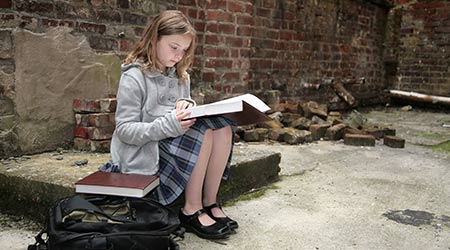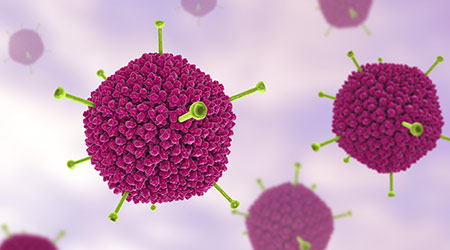
7 Germ Hazards in Healthcare Facilities
November 16, 2018
Occupants of institutional and commercial facilities face a host of potential threats throughout a work day, from hazardous materials to slips and falls to indoor air quality. The potential threats are even greater in health care facilities, which often contain higher levels of germs and other sources of communicable diseases. These facilities feature a host of specific components and surfaces that can harbor germs, according to Readers Digest. Hazards include:
- Privacy curtains that surround patients’ beds are home to large numbers of bacteria. Freshly cleaned curtains can be seriously germy again in two weeks, according to a recent study.
- Almost everyone in a hospital has to touch door handles, and studies have suggested that up to 30 percent of door handles might be contaminated.
- Occupants and visitors constantly use a hospital’s elevators, and any germs on their hands — picked up from patients themselves, IV poles, bed rails, and other bacterial hot spots — can transfer to the elevator buttons.
- Bedrails and rolling food trays also are hot spots for contamination because they are sometimes not cleaned during a patient’s stay in the hospital.
- Faucets in a patient bathrooms are frequently contaminated with fecal matter and other bacteria from droplets expelled from open toilets during flushing. But even the faucets not located in restrooms can be germ magnets.
- Visitor waiting room chairs are collecting bacteria all day long. Research on hospital furniture and equipment found they often contain a risky level of antibiotic-resistant bacteria.
- Hospital telephone sets aren’t cleaned as frequently as they should be, according to studies, despite the fact that patients and staff handle them regularly.
Cathryn Jakicic is healthcare industries editor of FacilitiesNet.com. For more information on hospital campuses and other medical facilities, click here.
Next
Read next on FacilitiesNet












